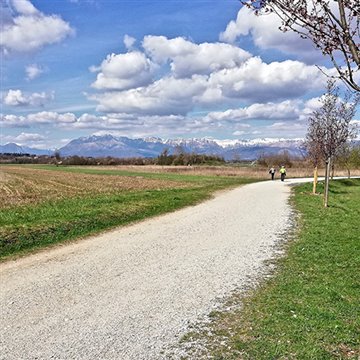Cividale del Friuli: immersione culturale con "Indian Spirit" al Parco Acrobati del Sole
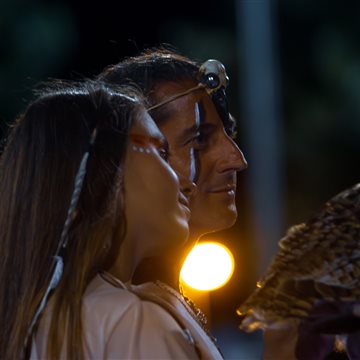


“Sfolgora Il sole. Vampe di luce corrono il cielo” così inizia la poesia che Ippolito Nievo dedica alla miniera carbonifera di Cludinico a Ovaro e così inizia anche la nostra visita, il cielo è azzurro limpido e il sole scotta la pelle. Parcheggiamo la macchina e diamo un’occhiata al paese: è una pittoresca cartolina in cui le case in pietra crescono attaccate l’una all’altra come a volersi fare compagnia e in giorni d’estate caldi come questi le porte delle abitazioni sulla strada sono sempre aperte per far entrare l’aria gentile che viene dalla montagna.
La guida, il signor Silvano, ci accoglie vicino all’ingresso dell’ex magazzino minerario oggi riconvertito in museo, qui troviamo esposti reperti interessanti che testimoniano come doveva essere la vita di chi lavorava nella miniera, questi oggetti ci parlano e aiutano a calarci nell’atmosfera di allora.
La seconda parte della visita prevede la proiezione del video-racconto in cui alcuni ex minatori ci confidano i loro ricordi: c’erano tre turni di lavoro e tutti gli operai provenienti dai paesi vicini arrivavano a piedi, attraverso i sentieri che si congiungevano nei pressi dell’ingresso della miniera. Il turno di notte era atteso con trepidazione dagli abitanti della vallata di fronte perché con esso aveva luogo uno spettacolo mozzafiato: ogni minatore per illuminare il cammino portava con sé una lanterna accesa, viste da lontano, queste lunghe file di lucine che si venivano incontro da diverse direzioni sembravano disegnare una brillante stella luminosa sul fianco buio della montagna.
Dopo il documentario arriva il momento per noi di indossare i caschetti di sicurezza e imboccare il sentiero fino all’ingresso della miniera “Creta d'Oro”, la zona di estrazione ancora integra e visitabile, si tratta di un percorso illuminato di due chilometri su quattro livelli collegati attraverso ripide scalinate di legno.
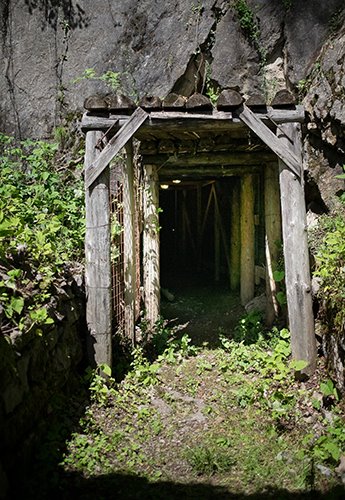
“Giù nelle viscere oscure del monte” c’è una temperatura costante di 15° e il silenzio è totale; chiudendo gli occhi però è facile immaginare il rumore sordo dei picconi che mordono la roccia per estrarre il carbone. Il percorso si dipana stretto e sinuoso, oltre alle camere e ai depositi è interessante osservare anche le variopinte concrezioni calcaree che il continuo gocciare dell’acqua ha creato negli anni, la visita dura circa due ore e quando raggiungiamo l’uscita rimaniamo abbagliati dai raggi del sole.
Fino al 1957, Cludinico era un villaggio minerario che accoglieva fino a 1600 operai e tante erano le persone che lavoravano indirettamente per la miniera, esistevano infatti tre osterie aperte 24 ore e un fornito spaccio alimentare. Il vecchio oro nero vive ancora nascosto tra i meandri di questi cunicoli, ma risulterebbe una scelta antieconomica riaprire l’attività estrattiva. Chiacchierando mentre torniamo in paese, il signor Silvano ci confida che oggi a Cludinico abitano solo 70 persone ed è rimasta un’unica osteria che apre di rado.
Ci fermiamo ad ammirare il panorama dalla terrazza del museo con gli occhi pieni di verde e di purezza e notiamo che le nostre mani sono nere per aver toccato le pareti della miniera. Non c’è testimonianza migliore da portare a casa: abbiamo fatto un viaggio al centro della nostra terra riscoprendo un passato concreto come la roccia.
Fotografo: Alessandro Secondin
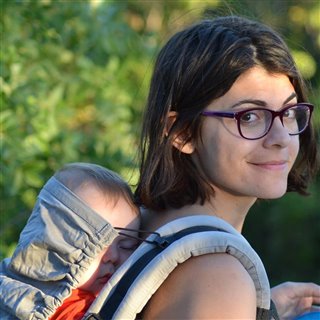

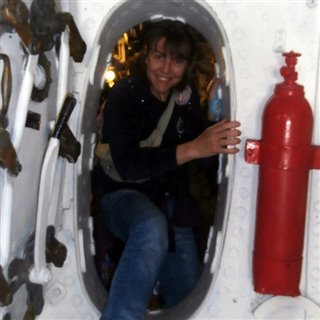 Esmeralda Perosa
Esmeralda Perosa
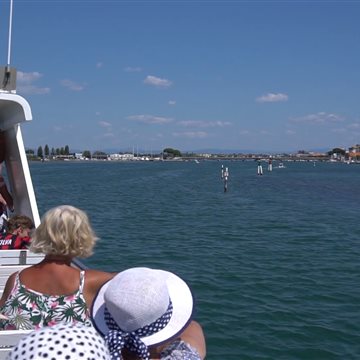
 Chiara Colautto
Chiara Colautto
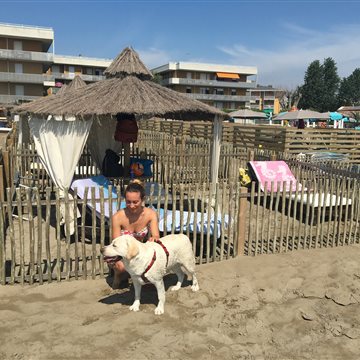
 Elisa Pascoletti
Elisa Pascoletti
